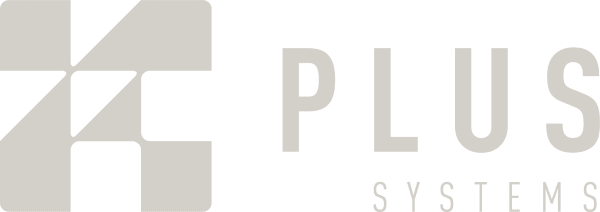A separate trade for passive fire technicians?
Our Managing Director and Co-founder Peter recently spoke at the Fire Protection Association conference in Sydney on the topic of ‘What’s changing in Passive Fire’. The conference touched on many issues that are providing challenges in the passive fire industry - some of which are being addressed, and many which are not.
It’s important to know that passive fire protection is considered a primary defence in preventing the spread of smoke and fire and ensuring adequate time for evacuation, and despite its importance, sadly passive fire does not always get the focus and attention it needs.
It’s apparent that amongst professionals in construction the story is all too common – workmanship around the sealing of penetrations and construction of fire walls is alarmingly woeful and it’s creating significant costs to the Queensland public through repairs under insurance – or to home owners who are no longer covered by QBCC insurance or under builders warranty periods.
As passive fire certifiers we attest to the safety of all passive fire elements in the building, and not just turn a blind eye to those items that they are not licensed for. It doesn’t achieve the intended result, particularly in this situation.
This photo shows two separate passive fire elements and 1 which is missing, for which 3 separate licences are required – passive fire walls & ceilings, fire doors and penetrations. The door – if you block out everything around it – on its own complies so the door licensee certified it, but the opening above the door wouldn’t keep a fire or smoke at bay for one second!
There is a fire wall missing then penetrations to be finished.
Also, try finding an applicator and certifier for intumescent paints in Queensland. The Queensland regime says that a licensed painter must apply the paints, but a Passive Fire Certifier must certify the application. Unless you have both licences which will be near impossible, a certifier would need to be present at every stage of the application to be confident that the work is certifiable.
Michael Lamberts independent review in NSW noted that there are “some fire safety practitioners with insufficient up to date technical knowledge with respect to fire safety systems, and insufficient understanding of the legislative framework which regulates buildings in NSW. These issues cover a broad range of matters relevant to not only assuring what is built is fire safe, but also remains fire safe after commencement of occupation/use.”
There is some minimal training on passive fire in each of the trade certificates – carpentry, plastering, and service trades. However, we believe that passive fire could be a separate trade, with training in all elements of passive fire. In Queensland a trade could look like this - Passive Fire technician (Install ) – covering
Carpentry
Wall & Ceiling Steel encasement
Fire doors and dampers
Intumescent paints and spray
Penetration installations
In the interim, the industry could develop an advanced trade course.
There is plenty more work to be done to refine how passive fire is regulated and our suggestion is just one idea, but it’s a very important life safety measure for the community, so we need to give it the respect it deserves.
If you’d like more information on our services contact us 1800 PASSIV or via plus@plus.systems


